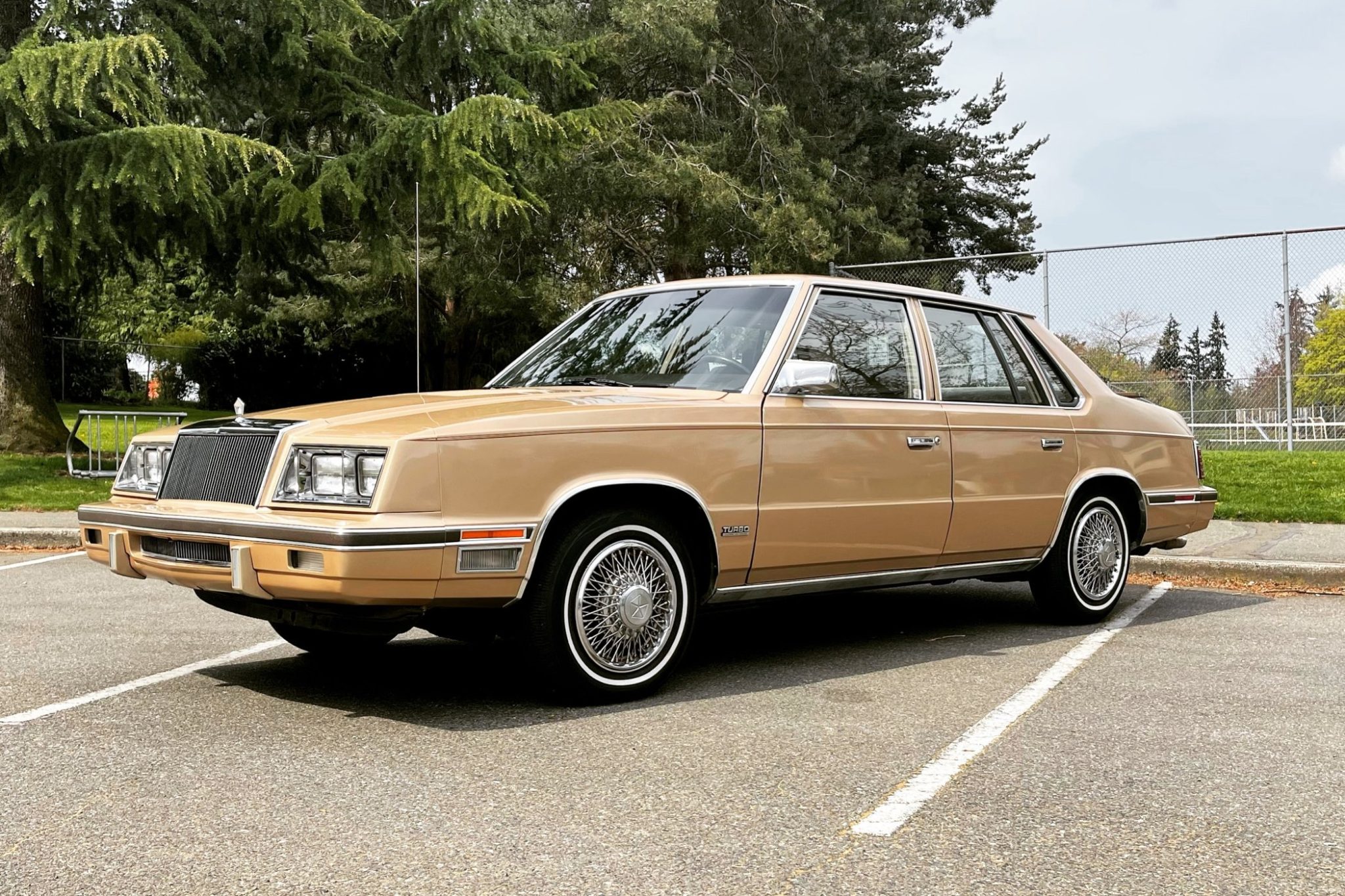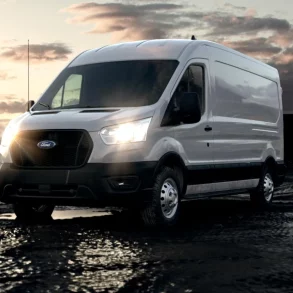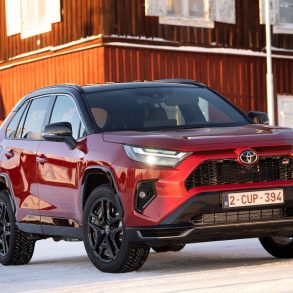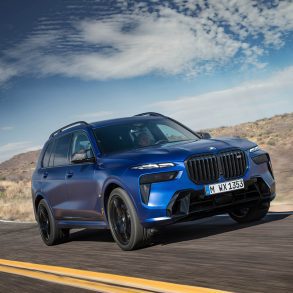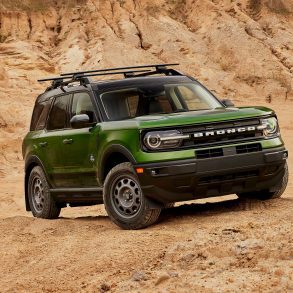Chrysler E-Class
The E-Class was a less luxurious and less expensive version of the top-of-the-line Chrysler New Yorker. As a result of slow sales, the E-Class nameplate was discontinued after only two years on the market. The car got a minor facelift and was renamed Plymouth Caravelle for the 1985 Model Year. The Chrysler E-Class is often remembered as a transitional model in the brand’s history, reflecting the broader shifts in the automotive market during the 1980s. While it might not be as iconic as some other models from the era, it played a role in Chrysler’s lineup as the company navigated a rapidly changing landscape.
Chrysler E-Class Overview
The Chrysler E-Class was a mid-sized sedan produced by Chrysler in the 1980s. Introduced as a part of Chrysler’s efforts to reinvent its product lineup following financial difficulties in the late 1970s, the E-Class aimed to offer a blend of luxury and value.
The E-Class was introduced for the 1983 model year. It was positioned between the Chrysler New Yorker and the Chrysler LeBaron in terms of luxury and pricing. The car was based on the Chrysler E platform, which was essentially an extended version of the K platform. The K platform, spearheaded by the Dodge Aries and Plymouth Reliant, played a pivotal role in Chrysler’s recovery during the early 1980s.
The E-Class featured the then-modern boxy design, characteristic of many American cars of the era. Its appearance was intended to be more upscale, aligning with its positioning in the Chrysler lineup. The E-Class offered a variety of engines over its production run, including a 2.2-liter inline-four, a 2.6-liter inline-four from Mitsubishi, and a 2.5-liter inline-four. A turbocharged version of the 2.2-liter engine was also available, offering better performance.
Reflecting its semi-luxury positioning, the E-Class came equipped with a range of features, including power windows, air conditioning, and more. The interior was designed to convey a more upscale feel, with options for better upholstery and additional amenities. The Chrysler E-Class is emblematic of Chrysler’s efforts to redefine itself during the 1980s, aiming to provide a balance between luxury and value in a competitive market.
Chrysler E-Class Sales Figures
While the E-Class did reasonably well initially, it faced competition from both internal models (like the New Yorker) and external competitors. As such, it didn’t achieve the sales success that some of Chrysler’s other models did during this period. The E-Class was produced only until 1984, making its lifespan relatively short. After that, the model was effectively replaced by the more upscale Chrysler New Yorker, which adopted many of the E-Class’s characteristics but offered even more luxury features.

